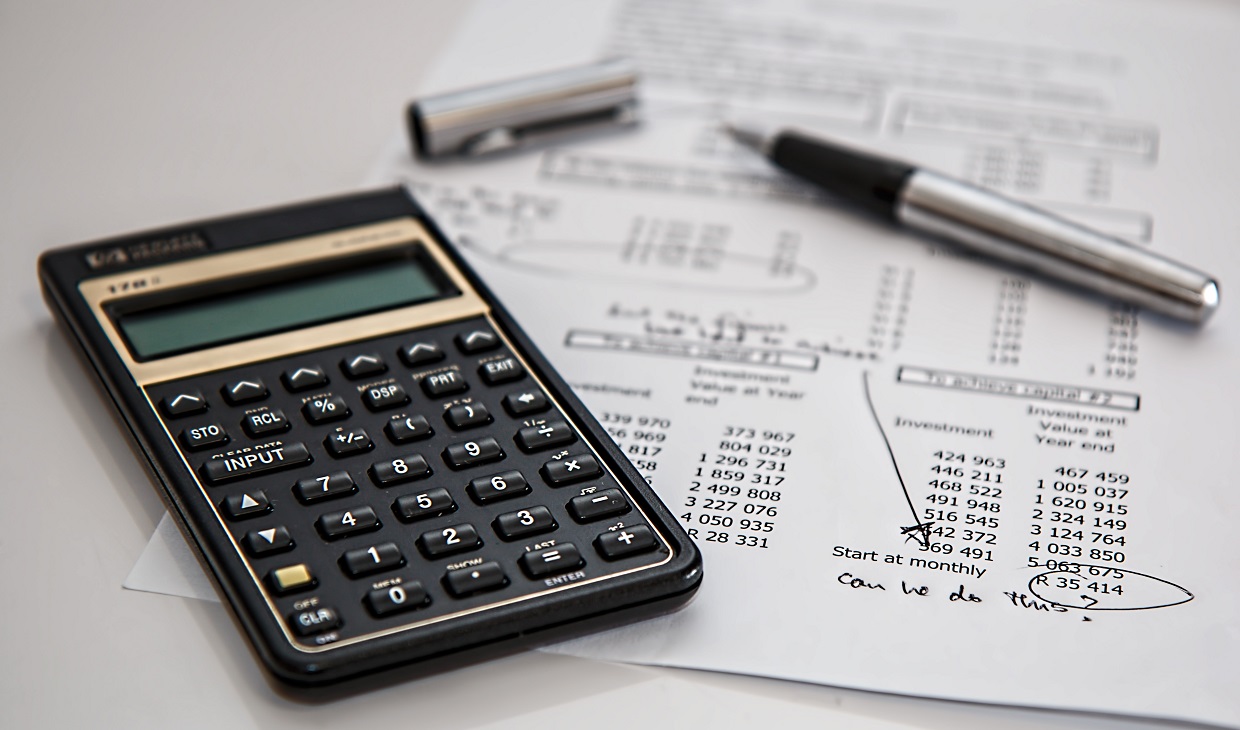Utilizziamo i cookie per rendere migliore la tua esperienza di navigazione. Per rispettare la nuova direttiva sulla privacy, è necessario chiedere il tuo consenso per impostare i cookie. Per saperne di più.
What is quantitative trading?

Quantitative trading consists of trading strategies based on quantitative analysis, which rely on mathematical computations and number crunching to identify trading opportunities – definition by Investopedia
Quantity relates to “measuring, or measured by the quantity of something rather than its quality”. Using quantitative analysis means applying mathematical and statistical models to analyze the past and the current in order to forecast the future. In short, it is used to represent the reality in terms of numerical values. Price and volume are the main data inputs that quantitative trading strategies use for analysis and creating the mathematical and statistical models. It is a perfect mix of computer technology, scientific method and historical data.
How does quantitative trading work?
Quantitative trading strategies used to be only available to the larger companies, but nowadays they are accessible to the retail traders. Anyone with good coding skills can build a custom EA, and anyone else can simply have somebody else to code it for them. Trading platforms that can execute these strategies, like Meta Trader, are easily accessible and can even be run from remote servers.
![]()
Quantitative trading mainly works on the principles of probability. They use mathematical computations that decide the chances of prices moving in one or other direction. The advantage of the quantitative trading strategies comes from the fact that they strictly employ data and the scientific method to predict future market movements. Although they are entirely based upon algorithms and the decisions are ultimately made by computer systems, their success depends on the understanding and research done by the strategy creator. Quantitative trading strategies apply statistical tools to financial time series data in order to hypothesize the future price of that instrument. A simple example of this is to calculate the number of pips of previous bars at a certain hour, so that you can know how many pips can be expected at that hour.
The toolset for a quantitative trader
Quantitative trading strategies can require doing a lot of fast calculations of complex mathematical formulas, therefore it is necessary to use a software for their execution. Having considerable programming experience is vital in order to convert your trading strategy along with all the calculations into code. If you are unsure how to do it yourself, you can ask us someone to help with the development of your custom Expert Advisor.
Once the strategy is created and coded, you will need a tool to backtest it and to prove its viability before running it live. We advise using the MT4 platform for those who start, as it is easy to understand and use. Also focus on choosing a good and reliable broker. New brokerages are being opened on a daily basis and there are already hundreds others that exist. You need to look for a broker that is compliant with the regulations, offers a wide variety of instruments for trading, has fast execution of orders, transparent pricing and of course a customer support that is available at any time. Having that in mind, we recommend using Activtrades, as it satisfies all criteria for a good broker.
The general rule about data is that you get what you pay for, meaning that free data is seldom good. You should be cautious when you are backtesting. The results of the tests are hugely affected by the quality of the historical data you are using and could be totally irrelevant to the real output of the strategy. Therefore, it is essential to have long historical intraday time series data for robust backtesting which you can get here.
Pros and Cons of quantitative trading strategies
It is easy to say that there are as many winning EAs as there are losing ones. A weakness of an EA is its inability to predict the fundamental factors like economic news that have an effect on the markets and to react accordingly. When market dynamics change, the historical data has no way to predict the future events. That's why it is important to implement good risk management in your trading strategy. Quantitative trading strategies should continuously be improved and adapted to suit the ever changing market conditions.

The greatest advantage of the quantitative trading strategies is that they use the highest level of discipline and objectivity. Quantitative trading strategies can be very simple and use only one or two inputs like price and volume, or very complex and using hundreds inputs and equations.
The EA can constantly monitor market prices of many instruments while simultaneously making calculations in search for trade opportunities. Compared to that, humans can only monitor a few instruments at a time, have delayed reactions and can easily miss great opportunities.
Apart from controlling the entries and exits of the positions, quantitative EAs can do much more. They can account for proper risk management, for example, setting appropriate stop loss and take profit targets, and position sizing which is a great way of minimizing the risk.
Conclusion
Quantitative trading can be very interesting, although an extremely complex area of quantitative finance. It is absolutely worth dedicating more time researching and studying topics like statistics, mathematics and econometrics before creating a strategy. These trading strategies require a lot of quantitative analyzing of financial data, so first make sure that you are using only high quality data. Then code your strategy or have someone to code it for you, as testing it manually is nearly impossible to do. Next, before trading live make sure you are using the right broker because order execution time and getting the right price makes a big difference in the end.










